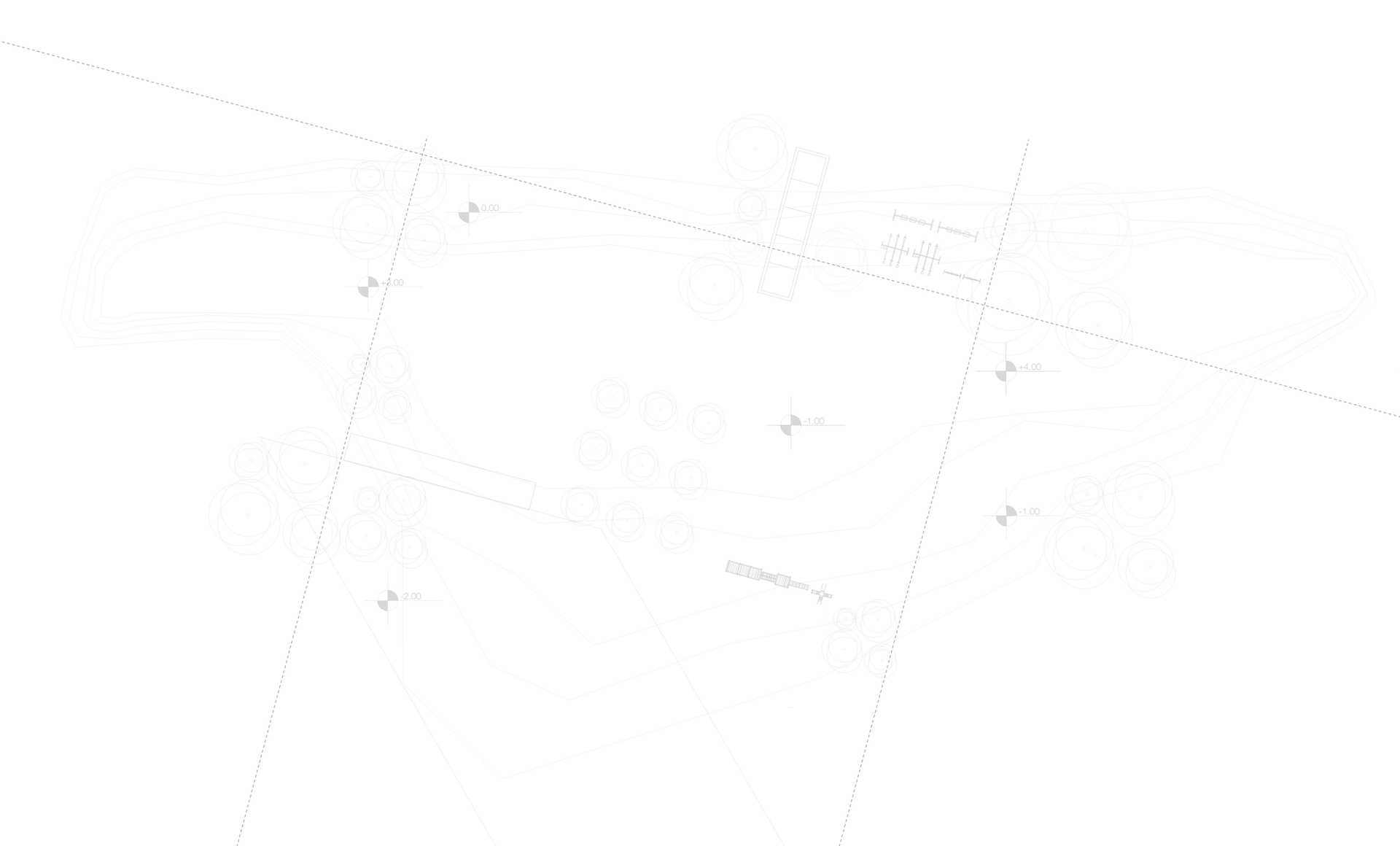top of page

Aurelia E. S. Browder
Historic House Museum in Montgomery, Alabama
Browder v Gayle - The landmark case that fueled the Civil Rights Movement
https://www.facebook.com/TheBrowderFoundation?ref=hl

The Other Plaintiffs in Browder vs. Gayle
Biographical Sketch of Claudette Colvin
Claudette Colvin was born on September 5, 1939. On March 2, 1955, at the age of 15, she was the first person arrested for resisting bus segregation in Montgomery, Alabama, preceding the better known Rosa Parks incident by nine months. Raised by her great-aunt and uncle, Colvin grew up in the King Hill, Montgomery. King Hill by far was not the affluent section for blacks. It wasn't even considered to be middle class. During an interview in 2000 she remarked:
"Middle-class blacks looked down on King Hill," says Colvin today. "We had unpaved streets and outside toilets. We used to have a lot of juke joints up there, and maybe men would drink too much and get into a fight. It wasn't a bad area, but it had a reputation."
"It's my constitutional right to sit here as much as that lady. I paid my fare, it's my constitutional right." Colvin felt compelled to stand her ground. "I felt like Sojourner Truth was pushing down on one shoulder and Harriet Tubman was pushing down on the other—saying, 'Sit down girl!' I was glued to my seat," she later told Newsweek. Colvin, along with Mary Louise Smith, Aurelia Browder, Susie McDonald, and Jeanette Reese were the five women originally included in the federal court case, filed on February 1, 1956 as Browder v. Gayle (1956), and testified before the three-judge panel that heard the case in the United States District Court (Jeanette Reese withdrew from the case due to intimidation from white community). On June 13, 1956, the judges determined that the state and local laws requiring bus segregation in Alabama were unconstitutional. The case went to the United States Supreme Court, which upheld their ruling on December 17, 1956. Three days later, the Supreme Court issued an order to Montgomery and the state to end bus segregation in Alabama.
Biographical Sketch of Jo Ann Gibson Robinson
(1912-1992) was a civil rights activist and educator in Montgomery, Alabama. Born near Culloden, Georgia, she was the youngest of twelve children. She attended Fort Valley State College and then became a public school teacher in Macon, where she was married to Wilbur Robinson for a short time. Five years later, she went to Atlanta, where she earned an M.A. in English at Atlanta University. She then accepted a position at Alabama State College in Montgomery. It was there that she joined the Women's Political Council (WPC), which Mary Fair Burks had founded three years earlier. In 1949, Robinson was verbally attacked by a bus driver and she decided that something had to change. In late 1950, she succeeded Burks as president of the WPC and helped focus the group's efforts on bus abuses. The WPC had threaten a boycott May 1954 of buses and on Thursday, December 1, 1955, Rosa Parks was arrested for refusing to move to the back of the bus. That night, Robinson and two colleagues stayed up all night mimeographing handbills calling for a boycott of the Montgomery bus system.
Biographical Sketch of Sue McDonald
Sue McDonald affectionately called "Mama Sue" was a business woman and civic activist. In October of 1955, a white bus driver on the Montgomery City Bus Line forced Mrs. McDonald to give up her seat to a white passenger. It was this reason and other acts and manifestations of white supremacy that she agreed to become a plaintiff in Browder vs Gayle class action law suit.
Biographical Sketch of Mary Louise Smith (Ware)
Mary Louise Smith (Ware), Civil Rights Pioneer, was a plaintiff in the Lawsuit BROWDER VS. GAYLE in 1956, which caused the desegregation of buses in Montgomery, Alabama due to her testimony and others on May 11, 1956. The lawsuit ended the 60 year-old Plessy vs. Ferguson decision of the 1890’s. Mrs Ware lived all her life in Montgomery, Alabama. She is a member of St. Jude Catholic Church of Montgomery, Alabama, where she also attended school in her youth.




bottom of page